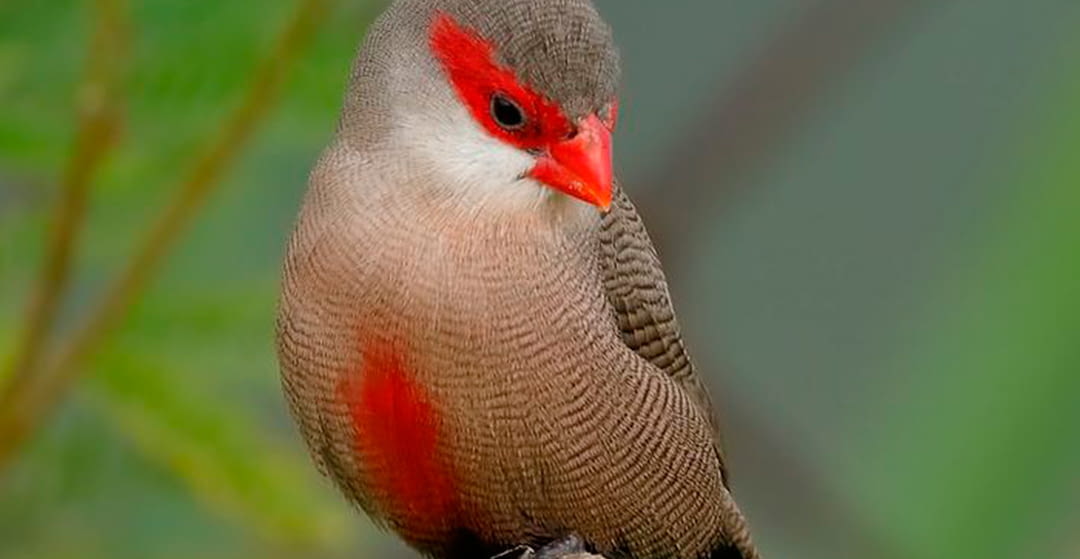
Perhaps all eyes are focused on the Argentine Parrot (Myiopsitta monachus), an exotic bird that arrived as a pet in Barcelona and has ended up colonizing the city, rivaling pigeons and seagulls, surely the three most popular species of birds. They can be seen through the streets and squares of the city.
But, there is another exotic bird that is being seen and its presence is due to a process very similar to that of the Argentine Parrot. This is the common estrilda or Coral Beak that also arrived as a pet, but, either because it escapes or because it is abandoned, it has ended up multiplying in the urban habitat of Barcelona.
The Coral Beak, also known as the common estrilda or simply estrilda, is a species of passerine bird native to sub-Saharan Africa. It is characterized by its small size, colorful plumage and distinctive conical beak, hence its common name.
Appearance: Adult males have predominantly red plumage on the chest and face, with a brown back and black and white striped wings. Females are more discreet, with duller and less intense colors than males, and lack the distinctive red on the chest.
Behavior: These birds usually move in groups, are very active and emit frequent vocal calls, which makes them easily distinguishable in their environment. They are social birds and can be observed in both urban and rural areas, often near water sources and areas with dense vegetation.
Diet: The Coral Beak feeds mainly on seeds, but also consumes insects and other small invertebrates. In urban environments, they are often seen foraging in gardens, parks and landscaped areas.
Habitat: Although, as we noted, they are native to Africa, common estrildas have been introduced to various parts of the world as pets. They easily adapt to a variety of habitats, from savannahs to forested areas and, of course, as we see, in urban areas.
Conservation status: In its natural habitat, the Coral Beak faces no major threats and its population is considered stable. However, as with many exotic bird species, the introduction and proliferation in areas outside its native range can have negative impacts on local fauna and flora.
Proof of this are photographed specimens that many ornithology enthusiasts have taken in the streets of the city and very specifically in the orchard of the Pedralbes monastery, where these birds have been seen for years.

Male specimen with its characteristic red chest, while the female does not.
According to SEOBirdLife about the Coral Beak, "the trafficking of exotic wild birds has dire consequences both in the areas of origin, where direct capture puts different species in check, and in those of destination, due to the risk of escape, colonization of spaces and competition with the native fauna".
In Spain, "there are several cases of invasion by exotic birds, among which the coral beak stands out, a tiny bird of African origin currently present in different regions of our country, especially Galicia, Extremadura and the Canary Islands."



